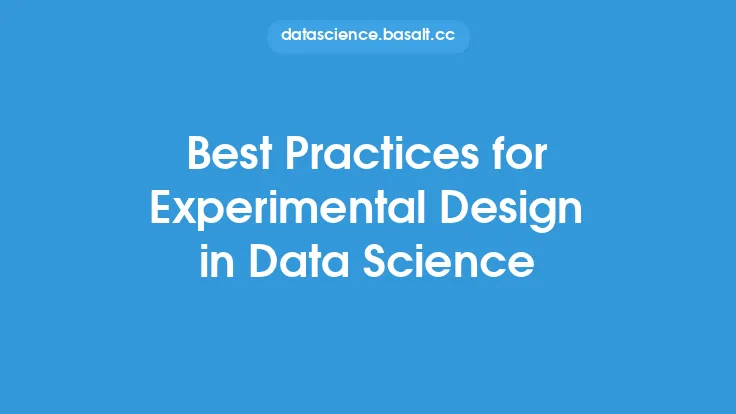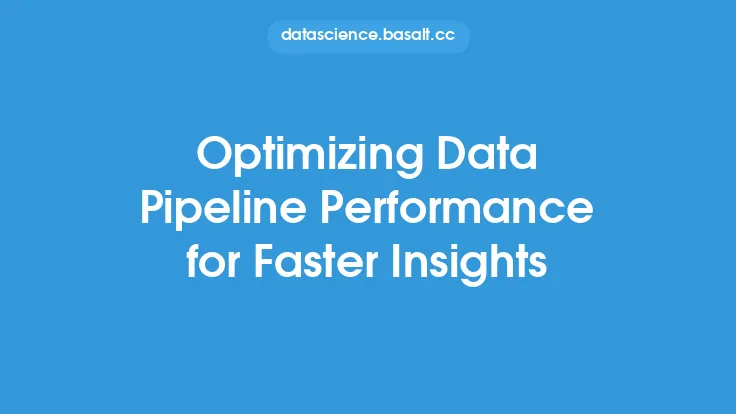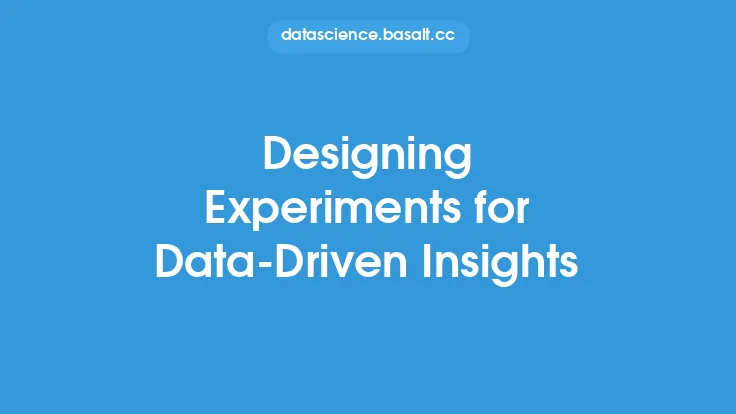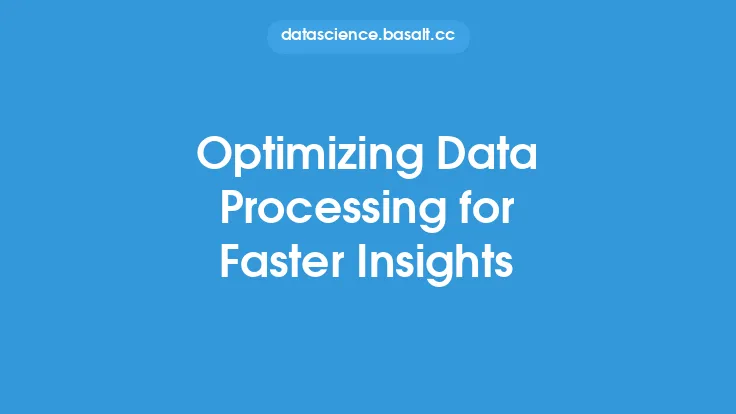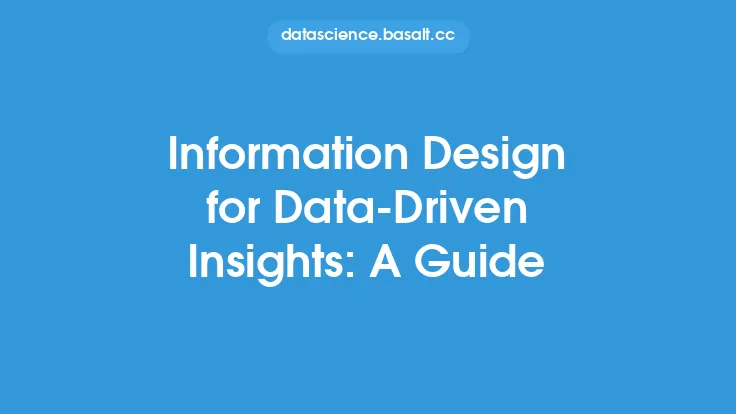When it comes to experimental design, the goal is to maximize insights while minimizing resources and potential biases. A well-designed experiment can provide valuable information about the relationships between variables, help identify causal relationships, and inform decision-making. However, a poorly designed experiment can lead to misleading or inconclusive results, wasting time, money, and resources. In this article, we will delve into the key considerations for optimizing experimental design to gain maximum insights.
Introduction to Experimental Design Principles
Experimental design principles are the foundation of any well-designed experiment. These principles include replication, randomization, blocking, and orthogonality. Replication involves repeating the experiment multiple times to ensure that the results are reliable and not due to chance. Randomization involves randomly assigning participants or units to different treatment groups to minimize bias and ensure that the groups are comparable. Blocking involves grouping participants or units into blocks based on similar characteristics to reduce variability and increase precision. Orthogonality involves ensuring that the different factors or variables being studied are independent and do not interact with each other.
Statistical Analysis and Experimental Design
Statistical analysis plays a crucial role in experimental design. The choice of statistical method depends on the research question, the type of data, and the experimental design. Common statistical methods used in experimental design include analysis of variance (ANOVA), regression analysis, and hypothesis testing. ANOVA is used to compare means between different treatment groups, while regression analysis is used to model the relationship between a dependent variable and one or more independent variables. Hypothesis testing is used to determine whether the results are statistically significant and whether the null hypothesis can be rejected.
Experimental Design Models
There are several experimental design models that can be used to optimize experimental design. These include the factorial design, the fractional factorial design, and the response surface methodology. The factorial design involves studying all possible combinations of factors and their interactions. The fractional factorial design involves studying a subset of the possible combinations of factors and their interactions. The response surface methodology involves modeling the relationship between a dependent variable and one or more independent variables using a mathematical equation.
Optimization Techniques
Optimization techniques can be used to optimize experimental design. These include the use of algorithms such as the genetic algorithm, the simulated annealing algorithm, and the particle swarm optimization algorithm. These algorithms can be used to search for the optimal experimental design that maximizes insights while minimizing resources and potential biases. Other optimization techniques include the use of design of experiments (DOE) software, which can be used to generate optimal experimental designs and analyze the results.
Considerations for Experimental Design
There are several considerations that must be taken into account when designing an experiment. These include the research question, the type of data, the sample size, and the potential biases and limitations. The research question should be clearly defined and focused, and the experimental design should be tailored to address the research question. The type of data should be considered, and the experimental design should be chosen based on the type of data. The sample size should be sufficient to detect statistically significant effects, and the potential biases and limitations should be minimized.
Advanced Experimental Design Techniques
Advanced experimental design techniques include the use of Bayesian methods, the use of machine learning algorithms, and the use of computer simulations. Bayesian methods involve using Bayesian statistics to model the uncertainty in the experimental design and to make inferences about the population. Machine learning algorithms can be used to analyze the data and to identify patterns and relationships that may not be apparent through traditional statistical methods. Computer simulations can be used to model complex systems and to study the behavior of the system under different scenarios.
Experimental Design for Complex Systems
Experimental design for complex systems involves studying systems that have many interacting components and nonlinear relationships. These systems can be difficult to study using traditional experimental design methods, and advanced techniques such as agent-based modeling, system dynamics, and network analysis may be required. Agent-based modeling involves modeling the behavior of individual components or agents and studying how they interact to produce the behavior of the system. System dynamics involves modeling the dynamics of the system over time and studying how the system responds to different scenarios. Network analysis involves studying the relationships between different components or nodes in the system and identifying patterns and clusters.
Experimental Design for Big Data
Experimental design for big data involves studying large datasets with many variables and observations. These datasets can be difficult to analyze using traditional statistical methods, and advanced techniques such as data mining, machine learning, and deep learning may be required. Data mining involves using algorithms to identify patterns and relationships in the data, while machine learning involves using algorithms to model the relationships between variables. Deep learning involves using neural networks to model complex relationships between variables and to make predictions.
Conclusion
Optimizing experimental design is crucial for gaining maximum insights from experiments. By considering the key principles of experimental design, including replication, randomization, blocking, and orthogonality, researchers can design experiments that provide reliable and valid results. Statistical analysis and experimental design models, such as the factorial design and the response surface methodology, can be used to analyze the data and to identify patterns and relationships. Optimization techniques, such as the use of algorithms and DOE software, can be used to optimize experimental design and to minimize resources and potential biases. By considering the research question, the type of data, the sample size, and the potential biases and limitations, researchers can design experiments that address the research question and provide valuable insights. Advanced experimental design techniques, such as Bayesian methods, machine learning algorithms, and computer simulations, can be used to study complex systems and to analyze big data.
